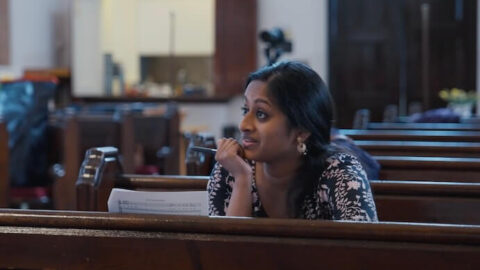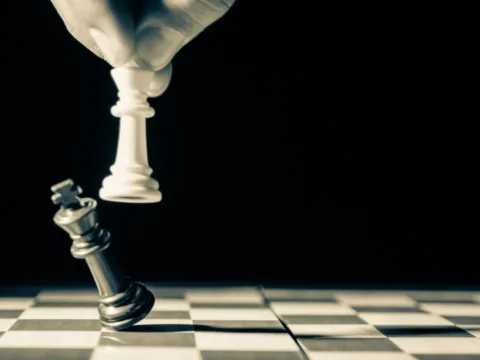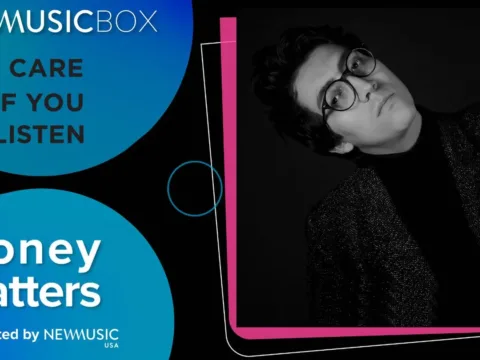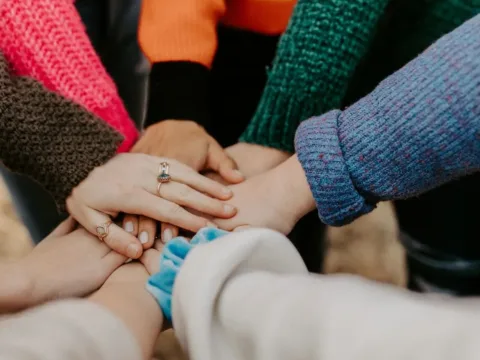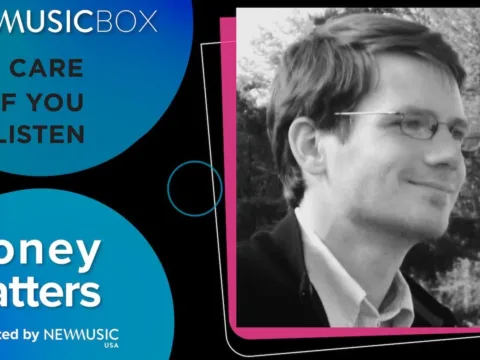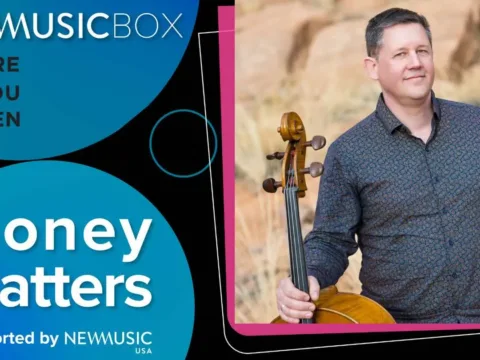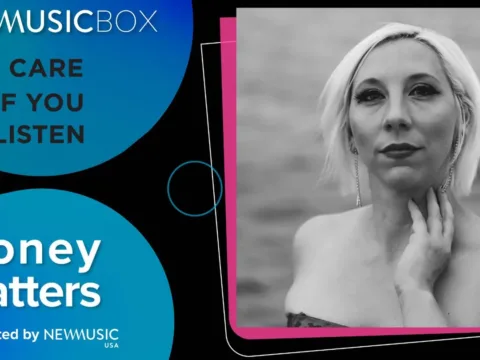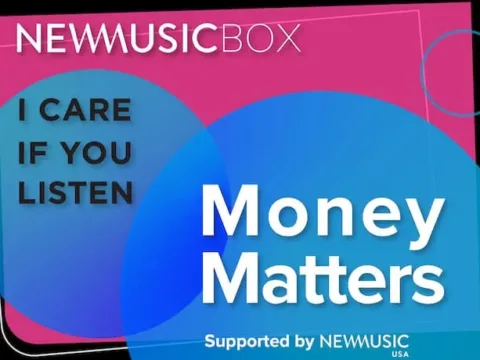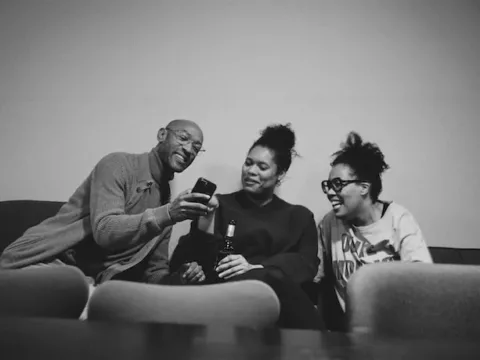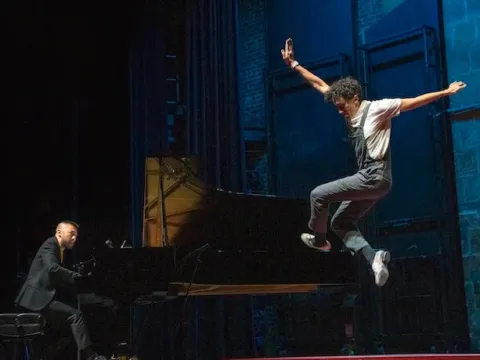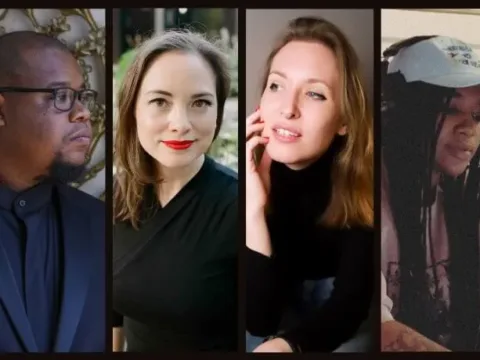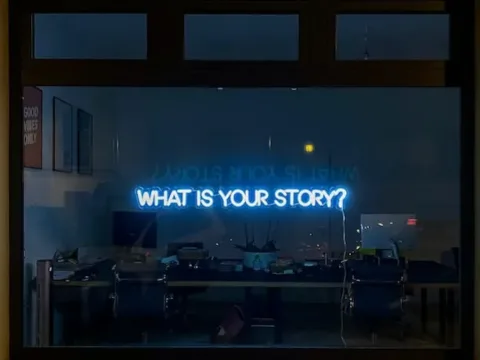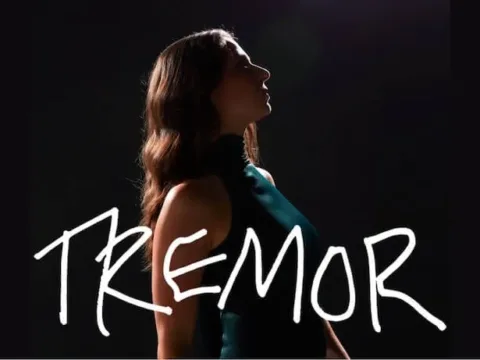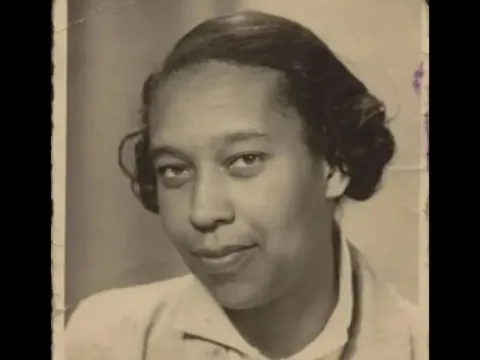Music doesn’t exist in a vacuum; it is a product of its time. Compositions are microcosms of the world in which they were created, providing snapshots of that moment in history. For me, this is the beauty of composing: I have the opportunity to create work that tells the story of my surroundings.
But even works that are not intended to be programmatic still bear the markings of their era: who were the performers, dedicatees, audiences? How has the composer chosen to utilize different instruments? What technical and technological developments had to occur in order for that instrument to be viewed as a tool capable of producing those specific sounds? What other sounds was the composer hearing or researching?
Like many composers, I’ve been commissioned to write more than a few response pieces: compositions that provide a contemporary response to existing artworks, often music. Response pieces give us the opportunity to view creativity as a chain of dialogues with the unknown. But fantasies created from the unknown have also been historically utilized by Western creators to bolster beliefs in the cultural superiority of the West – or the white world. Imagination, which so often feels like a freeing word, can very much be used to codify suspicion, fear, and hatred.
In explicitly tying our present to the past, response pieces force us as contemporary creators to confront the ethics of evoking and conversing with the unknown, which inevitably leads to a conversation about the power dynamics of cultural appropriation. In the nearly 5 years since I wrote about programming with integrity, I’ve noticed that contemporary discussions about potential cultural appropriation in older works tend to start with the worry-filled question, “Should we be performing this work?”
In my view, however, these conversations should begin with, “How did this work come to be?” When we set out to perform a work, we should consider the political and economic contexts in which that work was written: who was funding it? Who was invested in it? We should consider the positionality of the creator: what privileges did they have (or not have) in their society? How was this work conforming to the music creator’s worldview? Or, in some cases, how might this work have been expanding it?
There is one basic question behind this long list of considerations: why should we perform this music today? This question is a reminder to embrace intentional artmaking. In a world increasingly asking for musicians to release content quickly and constantly, a slow, thoughtful, deeply-considered decision about our work is an act of artistic resistance.
In this context, response pieces are uniquely situated as a link between past and present. One example is singer-songwriter Billie Eilish’s “GOLDWING,” a fascinating piece responding to “Hymn to Vena” from Gustav Holst’s Choral Hymns from the Rig Veda: Group 3. After Billie Eilish’s work was released in 2021, many people in her audience were led to Holst’s choral work for the first time. This is one possible effect of response pieces: the new work can contemporize the older one, making it freshly relevant to today.
In other cases, the audience might already be familiar with the older work, which allows concert producers to introduce new works to a built-in audience. This was the case when composer Errollyn Wallen’s riveting setting of William Blake’s poem Jerusalem premiered at the Last Night of the Proms in 2020, linking to the Parry-Elgar version usually performed at the event.
This arc of connection between old and new might appear to bode well for an industry that is struggling to find its financial footing ever since the pandemic began and streaming became dominant. More and more, storytelling mediums are relying on “pre-awareness” – repackaging a known cultural figure into a new form, like toy company Mattel organizing the Barbie movie – to cut through the noise of our attention economy. When working with response pieces, then, it is even more important that we are intentional about how we use them, particularly if the old is elevating the new – or the new is rehabilitating the old.
When I compose a response piece, I find I need to ask myself the same questions of what makes the older piece relevant to me and relevant to today. Sometimes, it takes time to find these answers. I had a unique experience of this when the British ensemble Corvus Consort invited me to create a response to Holst’s Rig Veda collection, the same work Billie Eilish had responded to in her song.
During the early 1900s, Holst wrote several works that filter sacred Hindu texts and Indian musical motifs through his British perspective. The initial question I asked myself was how to respond to Holst’s aural references to South Asian music, particularly because Indian classical music plays a large role in my practice.
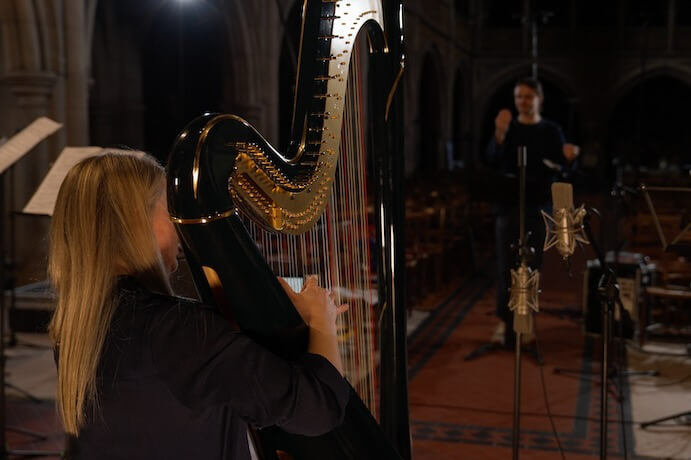
To do this, I studied Holst’s works and read analyses by modern-day scholars Nalini Ghuman and Raymond Head. My process involved transforming Holst’s Indian-like gestures into a sound world rooted in tradition that still expressed my particular creative voice. I was fortunate to be working with living musicians who were respectful and sincere in their performance, particularly when director Freddie Crowley and harpist Louise Thomson worked on the tanpura- and swar mandal-esque sounds I had written.
The next thing I examined was the relevance of this text to me. For his four-movement piece, Holst created English translations of select portions of the Rigveda, one of the longest and oldest texts in the world. The Rigveda is the first of the four vedas, which are considered by many to be the primary foundational texts of mainstream Hinduism. Among its myriad verses, the Rigveda contains philosophical discussions, deity paeans, and details of how to perform various rituals. It’s likely I’ve heard parts of the Rigveda before during Hindu pujas (worship services or ceremonies) – but I have not read it like a book, and certainly not in its entirety. Not many Hindus today have.
Therefore, even though I am Hindu, it took me time to find my place in this text and in Holst’s approach to it. What helped me were the insights of the spiritual practitioners around me. While working on my piece, Ushās: Goddess of Dawn, I initially spent most of my time with the pitch-accented Devanagari script of the Rigveda and archival chant recordings. Eventually, however, it was insights from my actual priest, Sri Ronur Murali Bhattar, that guided my musical creation.
Similarly, I shared the text of my piece (Rigveda 1.113.19) with my spiritual guide, my grandmother Smt. Chandra Janakiraman. To my surprise, she shared that the specific verse I had found about dawn helped her better understand ancient Sanskritic times of day. The fact that my grandmother, with her extensive knowledge of Hindu philosophy, could learn something new from a project that had begun with a Victorian-era British man’s interest in Hinduism gave me pause. This chain of responding to the past – my response to Holst, Holst’s response to the Rigveda – had led to unique contemporary reflection.
After writing Ushās, I still felt it important to respond to Holst’s collection as a whole – to truly consider the context for Holst’s work. During the period of Holst’s Rigveda-inspired composing, his government – the British Empire – partitioned Bengal on religious grounds, arrested native freedom fighters Lokmanya Bal Gangadhar Tilak, (Sri) Aurobindo Ghose, Subramania Siva, and V. O. Chidambaram Pillai, moved the Indian capital to Delhi, slightly increased the number of Indians allowed in legislatures, and proclaimed George V as Emperor of India.
According to scholar Christopher Scheer, Holst likely became interested in Hindu philosophy via the broadminded Theosophical Society, but Scheer underscores that Holst’s work cannot be separated from the larger context of the strategies employed by the British Empire to rule India – which included encouraging British people to study the native texts of India.
Considering all of this, I decided that my second response, entitled Priestess, would be set in an entirely different language, faith, and society; I turned to Livy’s Latin account of women-centric gatherings in ancient Roman society.
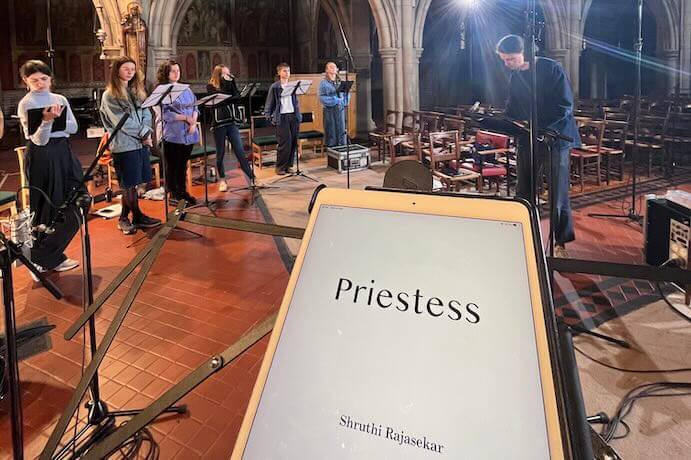
Livy’s text focuses on the later-banned Bacchanalia at these gatherings, but scholar Katherine McDonald notes Livy’s offhand mention of women priests in that society, an indication of the power they once held before the bans. In my piece, I centered the women’s joy of being together. I used aural imagination to reclaim perspectives of the marginalized.
The rehabilitative power of response pieces must be wielded carefully – just as the old helps make space for the new, the new can be used to protect problematic aspects of the old. But it isn’t about censoring our musical choices; rather, it’s about taking the time to ask ourselves about the ethics and context of the music we perform – and how/why we are performing it for this moment in time.
Though I set ancient texts in my response pieces, the works were made relevant because of the contributions of the living people around me. Their guidance, analyses, and discussions with me shaped the story these pieces tell. This ought to be our collective aim as music-makers: the music we present in today’s world should truly reflect who we are – and who we aspire to be.
This activity is made possible by the voters of Minnesota through a grant from the Minnesota State Arts Board, thanks to a legislative appropriation from the arts and cultural heritage fund.
I CARE IF YOU LISTEN is an editorially-independent program of the American Composers Forum, and is made possible thanks to generous donor and institutional support. Opinions expressed are solely those of the author and may not represent the views of ICIYL or ACF.
You can support the work of ICIYL with a tax-deductible gift to ACF. For more on ACF, visit composersforum.org.
